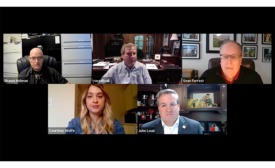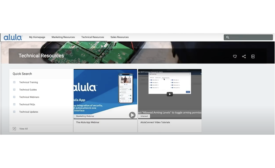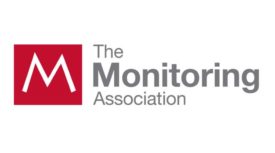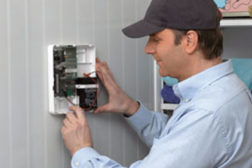Home » Keywords: » 3G
Items Tagged with '3G'
ARTICLES
Creating a 2G Sunset ‘Plan of Action’ for Alarm Communications
As dealers are faced with upgrading large numbers of 2G customers, they must consider questions and complaints, future upgrades needed, and the ever-changing communications landscape when determining their approach.
March 26, 2013
Get our new eMagazine delivered to your inbox every month.
Stay in the know on the latest security marketplace trends.
SUBSCRIBE TODAY!Copyright ©2024. All Rights Reserved BNP Media.
Design, CMS, Hosting & Web Development :: ePublishing









